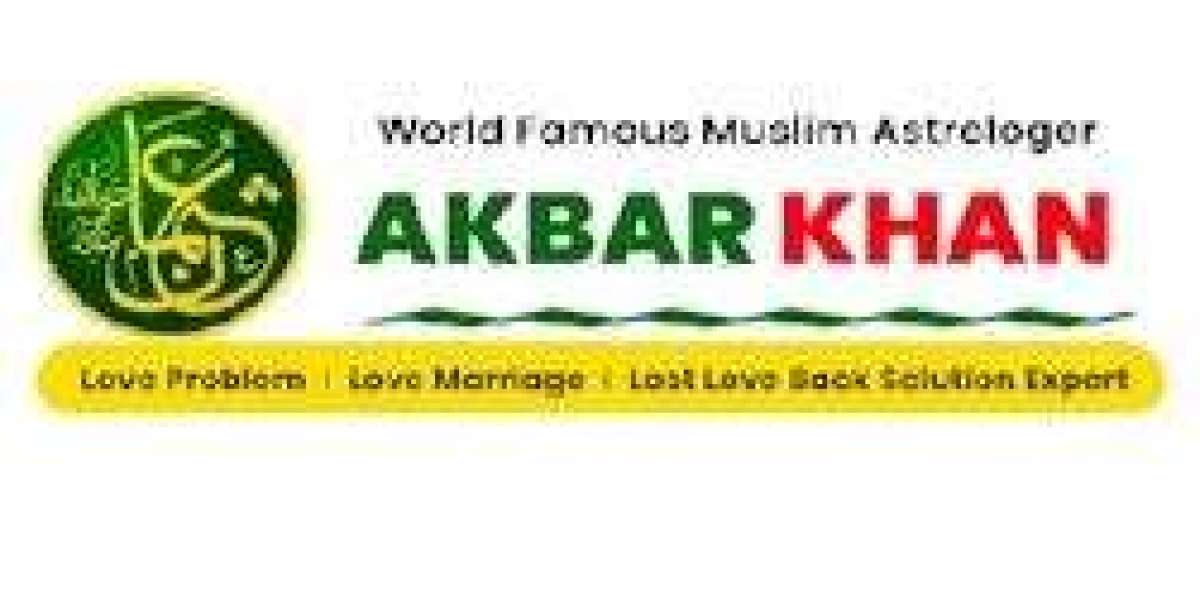In asset-intensive organizations, a clear and well-structured asset management manual serves as a central guide for managing assets throughout their lifecycle. An ISO 55001 compliant manual ensures that policies, objectives, roles, and processes related to asset management are formally documented and aligned with recognized best practices.
Purpose of the Asset Management Manual
The asset management manual is a strategic document that translates high-level principles into organizational practice. Its purposes include:
- Providing a formal statement of the asset management policy and objectives aligned with organizational goals.
- Defining the scope and boundaries of the asset management system, including assets and locations covered.
- Clarifying organizational roles, responsibilities, and authorities for managing assets.
- Describing key asset-related processes (planning, operation, monitoring, improvement) and how they interconnect.
- Communicating how the organization balances cost, risk, and performance over asset life-cycles.
By consolidating this information, the manual acts as a reference for employees and stakeholders. It helps ensure that everyone understands how day-to-day activities support long-term asset management objectives.
Key Content and Structure
An effective manual is typically organized according to the high-level structure of the asset management standard. Common sections include:
- Scope and Context: Defines which assets (physical, digital, etc.), locations, and parts of the organization are included. It may also identify key external factors or stakeholders affecting asset management.
- Leadership and Governance: Documents the asset management policy endorsed by top management, and describes the organizational structure. This section details who is responsible for decision-making and oversight of assets.
- Planning and Strategy: Outlines how asset management objectives are established in line with business objectives. It includes risk management approaches and high-level life-cycle strategies (often via strategic asset management plans and asset management plans).
- Support and Resources: Covers the resources needed to implement the system. This can include training and competency requirements, communication and stakeholder engagement plans, and procedures for document and data control.
- Operations and Controls: Describes the main operational processes for asset acquisition, maintenance, operation, and disposal. It also explains how changes (such as equipment upgrades or maintenance tasks) are managed.
- Performance Evaluation: Identifies how the organization measures asset performance and management effectiveness. This includes performance metrics or KPIs (like availability or cost), as well as internal audit and management review processes.
- Improvement: Describes the procedures for continuous improvement and corrective actions. It shows how issues are analyzed (for example, with root-cause analysis) and how the system is updated based on lessons learned.
These sections may be expanded with sub-sections as needed. The manual can include this content directly or reference detailed procedures, making it a clear roadmap of the asset management system.
Aligning with ISO 55001 Requirements
The manual should mirror the structure of the ISO 55001 standard, ensuring that each requirement has corresponding documentation. It explicitly addresses organizational context and scope, articulates the asset management policy and leadership responsibilities, and details planning processes (including objectives and risk assessments). It also describes the allocation of resources and communication mechanisms, outlines operational controls, and specifies how performance is monitored. By covering these areas, the manual serves as evidence of alignment with the standard and ensures that no requirement is overlooked.
Role in Audits and Compliance
An ISO 55001 manual is a key tool during both internal and external audits. It provides auditors with an overview of the asset management system and helps them locate evidence of compliance. For example, management’s policy and objectives can be found in the manual, along with documented processes for planning and reviews. By clarifying roles and documented procedures, the manual demonstrates that responsibilities are assigned and followed. It essentially serves as a roadmap for auditors, reducing uncertainty and helping them efficiently verify compliance.
Furthermore, the manual is a living document in the continuous improvement cycle. After audit findings or management reviews, the manual can be updated to reflect corrective actions and improvements. In this way, it not only supports certification readiness but also drives ongoing refinement of asset management practices.
A well-crafted asset management manual is more than just an audit requirement. It codifies the organization’s approach to managing its assets and reinforces a consistent, lifecycle-focused mindset. By aligning its contents with the ISO 55001 framework, the manual helps embed best practices in day-to-day operations. In summary, creating an ISO 55001 compliant asset management manual is a strategic step that brings clarity to asset management processes, supports regulatory and stakeholder confidence, and lays the foundation for continuous improvement in how assets are managed and deployed.



